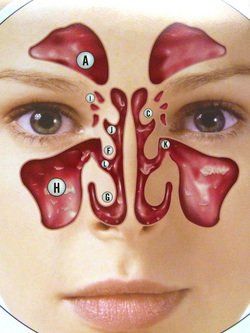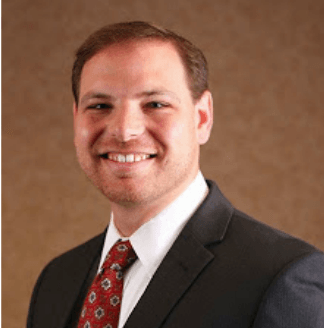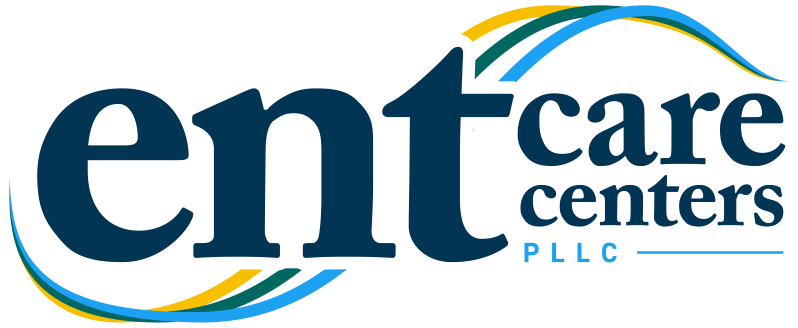Functional Endoscopic Sinus Surgery (FESS)
Functional Endoscopic Sinus Surgery (FESS) is a series of techniques aimed at improving the function of the paranasal sinuses to limit sinus infections and symptoms from chronic sinusitis. Sinus surgery used to be quite a major surgery that could be painful and have high risk. Since the endoscope was incorporated into sinus surgery techniques in the 1970s and 1980s, endoscopic sinus surgery has become a much safer outpatient operation.
The sinuses that can be opened include:
- Maxillary sinus
- Ethmoid sinuses
- Sphenoid sinuses
- Frontal sinuses
Improving Function
Outcomes research of thousands of sinus sufferers showed that the sinus lining actively clears mucus in a certain pattern, which can be interrupted by inflammation, anatomic variants, and infection. As sinus surgery techniques evolved, we were able to create methods to improve the function of the sinus pathways, not just make openings. This technique became know as functional endoscopic sinus surgery or FESS.

How is FESS Performed?
FESS is an outpatient surgery using a small camera (endoscope) guided in the nostrils. No skin incisions are performed. Under endoscopic visualization, specially designed micro instruments are used to recreate functional sinus cavities by removing tissue obstructing the openings, scar tissue, infection, and polyps. Post procedure pain is minimized and the healing process is improved because no skin incisions are required.
Some aspects of a person’s anatomy that can contribute to the development of sinusitis, include:
- Narrow bony openings in the sinuses
- Nasal polyps
- Deviated nasal septum
- Extra “air cells” in the sinuses (some names include concha bullosa cells, Haller cells, Onodi cells, and frontal cells)
Once the sinus cavities are opened, infection can be cultured or polyps can be biopsied to help with the medical care of sinusitis.
What Should You Expect After FESS?
Because no extensive nasal packing is required, people are often surprised with how little pain they have after surgery. Some nasal bleeding is expected for a few days, and congestion may be felt while the healing process from surgery occurs. Patients usually do not have black eyes or any facial appearance of having had surgery. A follow-up visit is typically performed about a week after surgery to clean the sinus cavities in the office.
Beside is a video produced by some colleagues of Dr. Higgins describing expectations after sinus surgery.





